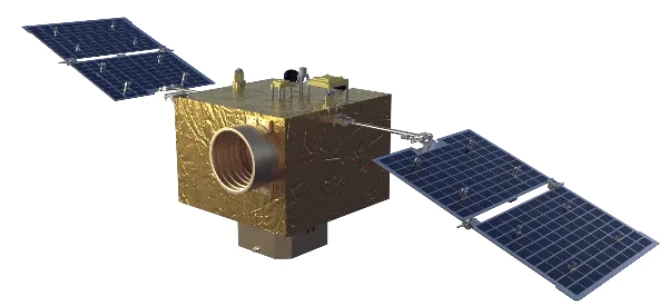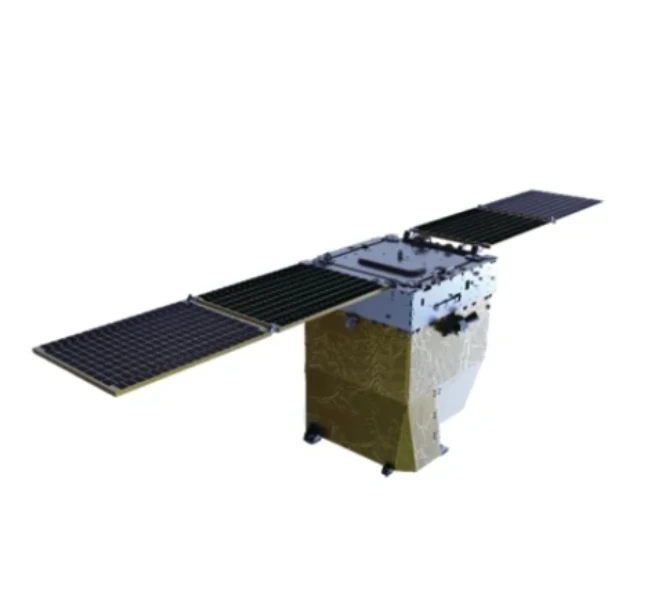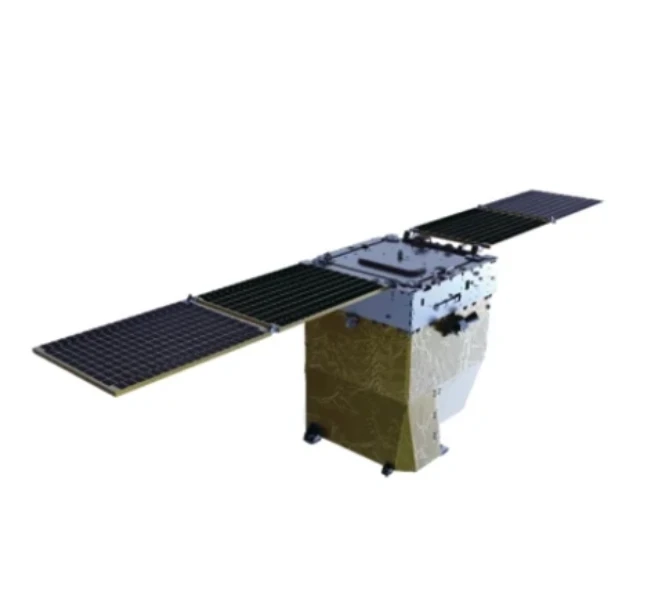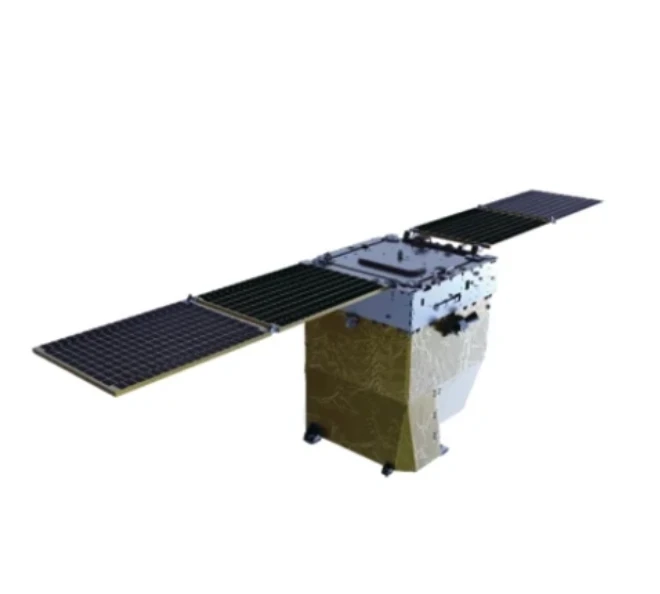
- Afrikaans
- Albanian
- Amharic
- Arabic
- Armenian
- Azerbaijani
- Basque
- Belarusian
- Bengali
- Bosnian
- Bulgarian
- Catalan
- Cebuano
- China
- Corsican
- Croatian
- Czech
- Danish
- Dutch
- English
- Esperanto
- Estonian
- Finnish
- French
- Frisian
- Galician
- Georgian
- German
- Greek
- Gujarati
- Haitian Creole
- hausa
- hawaiian
- Hebrew
- Hindi
- Miao
- Hungarian
- Icelandic
- igbo
- Indonesian
- irish
- Italian
- Japanese
- Javanese
- Kannada
- kazakh
- Khmer
- Rwandese
- Korean
- Kurdish
- Kyrgyz
- Lao
- Latin
- Latvian
- Lithuanian
- Luxembourgish
- Macedonian
- Malgashi
- Malay
- Malayalam
- Maltese
- Maori
- Marathi
- Mongolian
- Myanmar
- Nepali
- Norwegian
- Norwegian
- Occitan
- Pashto
- Persian
- Polish
- Portuguese
- Punjabi
- Romanian
- Russian
- Samoan
- Scottish Gaelic
- Serbian
- Sesotho
- Shona
- Sindhi
- Sinhala
- Slovak
- Slovenian
- Somali
- Spanish
- Sundanese
- Swahili
- Swedish
- Tagalog
- Tajik
- Tamil
- Tatar
- Telugu
- Thai
- Turkish
- Turkmen
- Ukrainian
- Urdu
- Uighur
- Uzbek
- Vietnamese
- Welsh
- Bantu
- Yiddish
- Yoruba
- Zulu
What Defines the Innovation and Applications of Advanced Microstrip Antennas?
In the dynamic field of wireless communication, microstrip antennas have emerged as pivotal components due to their versatility and efficiency. Among the diverse range of designs, circularly polarized microstrip patch antenna, coaxial feed microstrip patch antenna, compact and broadband microstrip antennas, compact microstrip antenna, and conformal microstrip antennas and microstrip phased arrays stand out for their unique features and contributions to modern communication systems. These antennas address critical challenges in signal transmission, integration, and performance across industries.
Unveiling the Design and Utility of Circularly Polarized Microstrip Patch Antenna
Circularly polarized microstrip patch antenna designs have revolutionized wireless communication by enabling robust signal reception and transmission in environments with multi - path fading. Unlike linear polarization, circular polarization offers immunity to signal degradation caused by random wave orientation, making it ideal for satellite communications, RFID systems, and mobile devices. The antenna structure typically includes a radiating patch with a geometric modification—such as a slot or notch—to induce circular polarization. For example, in global navigation satellite systems (GNSS), circularly polarized microstrip patch antenna ensures reliable signal capture even in challenging urban canyons, where reflected signals might otherwise disrupt linear polarization. This design balances compactness with high efficiency, making it a preferred choice for portable and space - constrained applications.
Examining the Role of Coaxial Feed Microstrip Patch Antenna
A coaxial feed microstrip patch antenna leverages a coaxial cable to deliver energy to the radiating patch, offering simplicity and compatibility with standard feed networks. The coaxial feed is attached to the patch through a small probe, which excites the electromagnetic field within the dielectric substrate. This feeding mechanism is valued for its low loss and ease of integration, particularly in microwave and millimeter - wave applications. In radar systems or point - to - point communication links, the coaxial feed microstrip patch antenna provides stable impedance matching and consistent radiation patterns. Its robust design withstands mechanical stress, making it suitable for harsh environments where other feed types might fail, such as in aerospace or industrial sensor networks.
Exploring the Benefits of Compact and Broadband Microstrip Antennas
The demand for compact and broadband microstrip antennas has grown exponentially with the rise of multi - band wireless devices. These antennas are engineered to operate over a wide frequency range while maintaining a small form factor, addressing the need for versatile solutions in smartphones, IoT gadgets, and wireless routers. Techniques like fractal geometry, metamaterial integration, or stacked patch layers enable broadband performance without compromising size. For instance, a compact and broadband microstrip antenna in a modern smartphone can support multiple communication standards—such as Wi - Fi, Bluetooth, and cellular networks—within a tiny footprint. This versatility reduces the number of antennas required, optimizing space and cost in densely packed electronic devices.
The Significance of Compact Microstrip Antenna in Modern Electronics
Compact microstrip antenna designs prioritize size reduction without sacrificing performance, making them essential for portable and embedded systems. By using high - permittivity substrates, curved geometries, or slot loading, engineers can miniaturize the antenna while maintaining resonant frequency and radiation efficiency. In wearable technology, such as smartwatches or health monitors, a compact microstrip antenna fits seamlessly into the device’s casing, enabling reliable wireless connectivity without protruding components. These antennas also play a key role in automotive applications, where they are integrated into vehicle bodies for GPS, Bluetooth, or telematics, ensuring both aesthetics and functionality in space - limited environments.
Conformal Microstrip Antennas and Microstrip Phased Arrays: Shaping Future Communication
Conformal microstrip antennas and microstrip phased arrays represent cutting - edge advancements that adapt to non - planar surfaces and enable beam - steering capabilities. Conformal antennas conform to curved or irregular structures, such as aircraft fuselages, missile surfaces, or automotive exteriors, without degrading radiation performance. This integration maintains aerodynamic profiles while supporting wireless communication in challenging platforms. Microstrip phased arrays, on the other hand, use multiple radiating elements with controlled phase shifts to steer the radiation beam electronically, eliminating the need for mechanical movement. In 5G base stations or satellite communications, conformal microstrip antennas and microstrip phased arrays enhance coverage, directivity, and spectral efficiency, enabling high - speed data transfer and adaptive signal processing.
FAQ: Key Insights into Advanced Microstrip Antennas
How Do Circularly Polarized Microstrip Patch Antennas Improve Signal Reliability?
Circularly polarized microstrip patch antennas mitigate signal degradation from multi - path fading and polarization mismatch. Their ability to receive both left - and right - hand circularly polarized waves ensures consistent performance in environments with reflective surfaces, such as urban areas or indoor spaces. This makes them critical for applications like satellite TV, wireless energy transfer, and drone communications, where stable signal links are non - negotiable.
What Advantages Does a Coaxial Feed Offer for Microstrip Patch Antennas?
A coaxial feed provides a robust and straightforward connection for microstrip patch antennas, offering low insertion loss and good impedance matching across a wide frequency range. It is less susceptible to environmental interference compared to other feed types, such as microstrip lines, and simplifies integration with coaxial - based systems. This makes it a popular choice for high - power applications or setups requiring reliable mechanical and electrical connections.
How Are Compact and Broadband Microstrip Antennas Achieved Simultaneously?
Engineers use techniques like electromagnetic bandgap (EBG) structures, stepped - impedance matching, or multi - layer patch configurations to broaden the operating bandwidth of compact microstrip antennas. These methods allow the antenna to resonate at multiple frequencies or over a continuous band while minimizing size through substrate selection (e.g., high - permittivity materials) or fractal geometries that effectively shorten electrical path lengths.
Where Are Conformal Microstrip Antennas Most Commonly Deployed?
Conformal microstrip antennas excel in applications requiring integration with non - flat surfaces, such as aircraft wings, ship hulls, or wearable devices. Their ability to conform to curved structures without performance loss makes them essential for aerospace communication systems, automotive radar, and medical implants, where traditional flat antennas would be impractical or aerodynamically inefficient.
What Drives the Use of Microstrip Phased Arrays in Modern Systems?
Microstrip phased arrays, often paired with conformal microstrip antennas, enable electronic beam - steering, which is vital for 5G, radar, and satellite communications. This technology allows for rapid signal redirection without moving parts, improving system agility, coverage, and interference resistance. In future - proofing wireless networks, phased arrays support massive MIMO (multiple - input multiple - output) configurations, enhancing data throughput and spectral efficiency in densely populated frequency bands.











